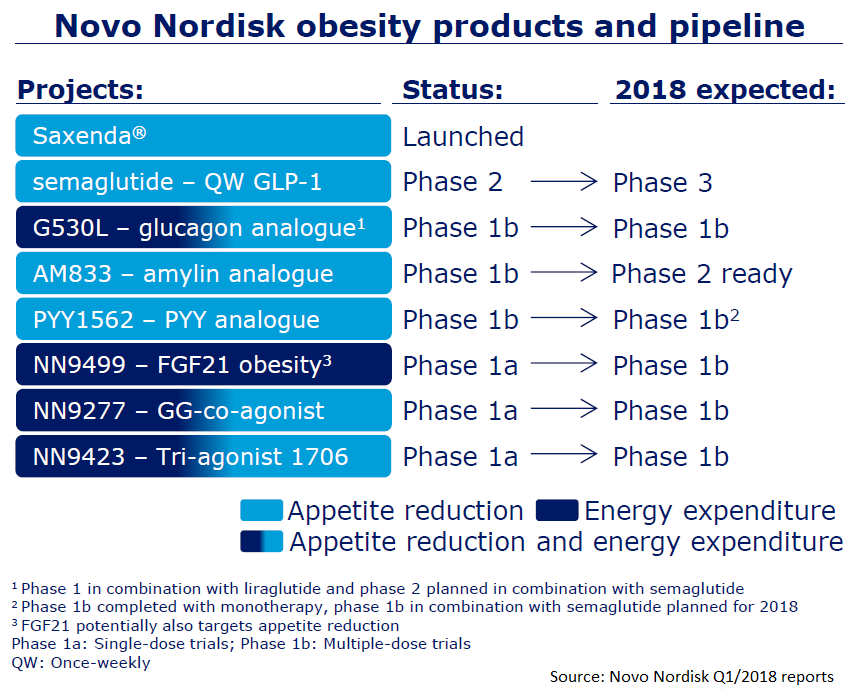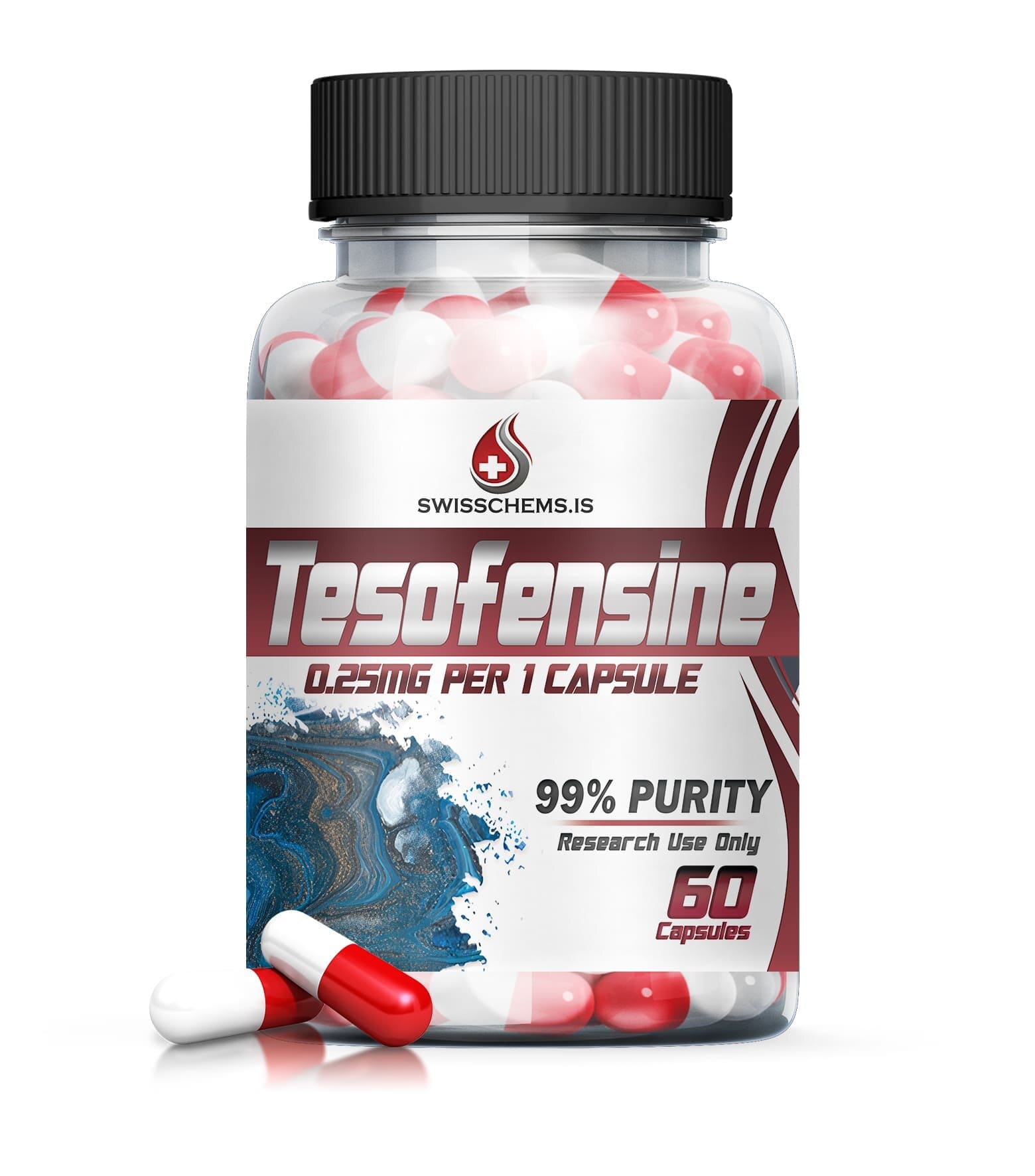
September 5, 2024
Tesofensine, An Unique Antiobesity Drug, Silences Gabaergic Hypothalamic Nerve Cells Pmc
Just How Tesofensine Urges Weight-loss " The objective is always to go as far upstream as feasible to manage cravings," claims Donny Wong, an analyst at Decision Resources. " However when you go so far upstream, the parts of the mind that manage appetite additionally control many other features also." Scientists have actually obtained a growing appreciation for the complexity of the human hunger, which is backed up by redundant CNS pathways to assure that the body "wishes" the calories it requires to make it through. "The pets that can be encouraged to voluntarily eat so little that they in fact reduce weight just via changing a single biochemical path are all dead," created scientist Derek Lowe in his blog, In The Pipe. This study was partly supported by a grant from the Czech Ministry of Health And Wellness (IGA NR/7800 -4).Excessive Weight
Just how does tesofensine make you lose weight?

Medicine Release Profile Of A Novel Exenatide Lasting Medicine Shipment System (okv- Administered To Pet Cats
The weight-lowering impact of persistent rimonabant management was additional validated in diet-induced obese (DIO) computer mice (61) and in hyperphagic Lepob computer mice (62 ). Peripheral CB1R animosity was revealed to contribute to the weight-lowering effect by enhancing lipolysis in adipocytes (63 ). The finding of lower drug-seeking actions in rimonabant-treated rats (64 ), and of an attenuated incentive actions in the CB1R-KO computer mouse (65 ), gave strong evidence for the participation of the ECS in inspiration and hedonic behaviors. Persistent subcutaneous mixture of GLP-1 to people with Kind 2 diabetes mellitus can induce weight-loss and improved glucose homeostasis, [57] making the GLP-1 receptor an attractive target for anti-obesity representatives. As GLP-1 itself is quickly gotten rid of from the flow, analogs of this hormone have been created that are immune to dipeptidyl peptidase-IV, the primary enzyme in charge of GLP-1 degredation.- In placebo-controlled clinical tests in obese and overweight topics, a fixed dosage of MK-0493 created a small decrease from baseline body weight at 12 weeks, however the effect was not significantly different from placebo.
- In particular, lockdown actions to limit the transmission of coronavirus have actually adversely impacted a series of weight monitoring methods, including exercise and healthy consuming.
- The dopamine degrees in DIO rats were reduced in the nucleus accumbensand pre-frontal cortex, yet degrees in the chow-fed rats were not.
- Pharmacologically, UCP1 activity can be generated by catecholamines with succeeding activation of β3-adrenergic receptors of brown adipose tissue257.
- But it brings about uneasy gastrointestinal negative effects such as oily stool, unwanted gas, and spotting on underwear.
Is Tirzepatide Much Better Than Semaglutide?
Greater preoperative BMI, radical tumor resection, bigger preoperative tumor size, hypothalamic tumour invasion, adamantinomatous subtype, and familial proneness to weight problems are pointed out as factors that increase the danger of hypothalamic obesity (37, 42, 43). Rapid weight gain normally happens within the very first 3 years and usually within the first year complying with surgical intervention, with medical intervention increasing the occurrence of obesity in this client group (38, 43). Provided the essential function of the hypothalamus in energy homeostasis and appetite law, it follows that damages to the hypothalamus leads to dysregulation of satiety and energy expense, bring about hyperphagia and rapid weight gain, decreased sympathetic tonicity and insulin hypersecretion. Hence, this offers several target locations for pharmacotherapeutic treatment to reduce weight gain and fat mass in clients with hypothalamic excessive weight. Additionally, it will certainly pertain to determine the difference either in the distribution or physiological residential properties of the receptors indirectly targeted by tesofensine in obese versus lean computer mice. These researches will clear up the neurochemical profile of each cravings suppressant and will certainly guide us in classifying and integrating them better. For this reason, the motor results of tesofensine were contrasted versus phentermine, a hallmark dopamine-acting cravings suppressant. Our research study team recently reported that head weaving stereotypy is a common negative effects of most cravings suppressants, specifically those acting to boost DA efflux, such as phentermine [15, 25] For that reason, we defined the tesofensine-induced stereotypy impacts compared to phentermine, an amphetamine congener that served as a positive control. The effects of PSN S1 (Fig. 2) and PSN Get more information S2 on bodyweight and food intake were comparable in size to those of sibutramine (Thomas et al., 2006). The weight-losses were mediated by a discerning decrease in adiposity along with boosted insulin sensitivity, however plasma lipid accounts were not modified (Thomas et al., 2006). PSN S1 was ultimately taken right into professional development, but the programme has currently been terminated. One more medicine, Tesofensine, is a mixed norepinephrine-serotonin-dopamine reuptake inhibitor currently in progress for Phase 3 trials. The search targets neuroendocrine peptide hormones (vida supra), sirtuins, vaccines, over-the-counter representatives, traditional natural plants and others.178,305,368 A few of these prospective chemicals are thought about now. The 5-HT6 receptor is an appealing brand-new CNS target for obesity177 and a variety of pharmaceutical firms are establishing selective 5-HT6 receptor ligands as possible anti-obesity agents. Remarkably, both discerning 5-HT6 receptor agonists and antagonists are being established for obesity by different firms (see listed below). In the CNS area, the major resources for potential anti-obesity substances have been unique hypothalamic neuropeptide regulators and various monoaminergic targets. A checklist of current CNS targets with medication prospects in late-stage preclinical or very early scientific development is displayed in Table 3. Tesofensine shows promise in encouraging fat burning by reducing hunger and enhancing metabolism. Naltrexone is an opioid antagonist and is authorized for treatment of alcohol and opioid addiction; it functions by obstructing opioid receptors in the brain. It has also shown effectiveness in therapy of wagering condition in addition to alcohol and opioid addiction (Grant, Kim, & Hartman, 2008; Grant, Odlaug, Potenza, Hollander, & Kim, 2010). Bupropion is currently approved to deal with anxiety in addition to smoking cigarettes cessation and is believed to boost dopamine task in particular receptors of the brain. Contrave achieved a 6.1% fat burning at both 28 weeks and 56 weeks of therapy, compared to 1.3% of placebo (Aronne et al., 2008; Orexigen Rehabs, 2009b). 
Social Links